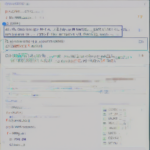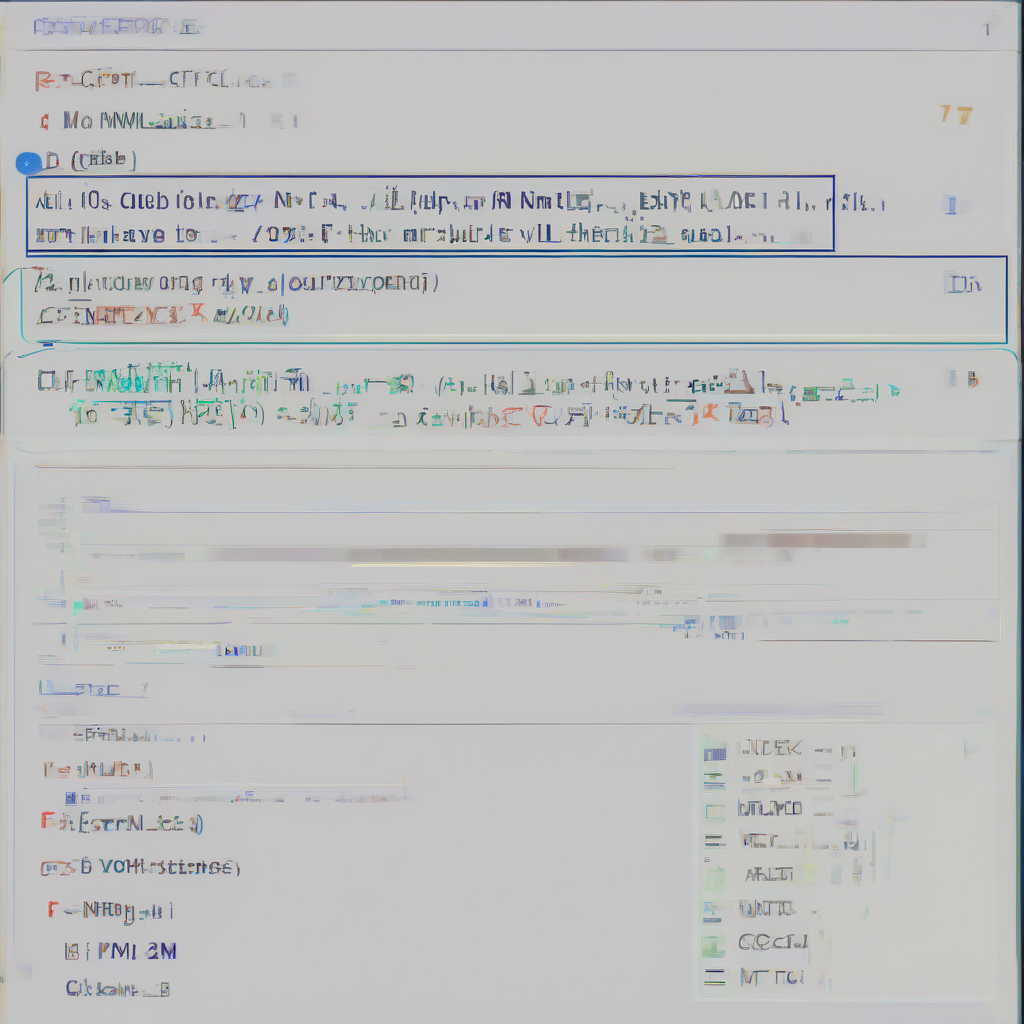Building a Real Estate Website: A Comprehensive Guide
In the digital age, having a strong online presence is crucial for any business, and real estate is no exception. A well-designed and functional real estate website can be a powerful tool for attracting new clients, showcasing properties, and building brand awareness. This comprehensive guide will walk you through the process of building a successful real estate website, from planning to launch.
1. Planning Your Real Estate Website
1.1 Defining Your Target Audience
- Who are you trying to reach with your website?
- What are their needs and interests?
- What kind of properties are they looking for?
- Where do they spend their time online?
1.2 Identifying Your Website Goals
- What do you want your website to achieve?
- Do you want to generate leads, showcase properties, or build brand awareness?
- What specific actions do you want visitors to take on your website?
1.3 Choosing a Domain Name and Hosting Provider
- Select a domain name that is relevant, memorable, and easy to spell.
- Choose a reliable hosting provider that offers features suitable for your website needs.
- Consider factors like speed, security, and customer support.
2. Designing Your Real Estate Website
2.1 Choosing a Website Platform
- Select a platform that is user-friendly, scalable, and offers features relevant to real estate.
- Popular options include WordPress, Squarespace, and Wix.
- Consider your technical expertise and budget when making your decision.
2.2 Creating a Website Structure
- Establish a clear website structure that is easy for visitors to navigate.
- Use a logical menu system to guide users to the information they need.
- Organize your content into relevant categories and pages.
2.3 Designing a User-Friendly Interface
- Use a clean and modern design that is visually appealing and easy to use.
- Ensure that your website is responsive and optimized for all devices.
- Use high-quality images and videos to showcase properties effectively.
2.4 Implementing Search Functionality
- Integrate a robust search function that allows users to easily find properties based on criteria such as location, price, and features.
- Use relevant keywords and tags to improve search engine optimization.
3. Developing Content for Your Real Estate Website
3.1 Creating Engaging Property Listings
- Provide detailed and accurate information about each property.
- Include high-resolution images and virtual tours.
- Highlight key features and benefits.
- Include call-to-actions to encourage leads.
3.2 Writing Compelling Blog Posts
- Create valuable and informative content related to real estate, the local market, or home improvement.
- Use relevant keywords and search engine optimization techniques.
- Promote your blog posts on social media and other channels.
3.3 Incorporating Multimedia
- Use images, videos, and interactive elements to enhance user engagement.
- Consider using virtual tours to provide immersive experiences.
- Optimize multimedia content for different devices and platforms.
4. Marketing Your Real Estate Website
4.1 Search Engine Optimization (SEO)
- Optimize your website for search engines to increase visibility in search results.
- Use relevant keywords throughout your website content.
- Submit your website to search engines and directories.
4.2 Social Media Marketing
- Promote your website and property listings on social media platforms.
- Engage with followers and build a community around your brand.
- Run targeted advertising campaigns to reach your ideal audience.
4.3 Email Marketing
- Collect email addresses from website visitors and nurture leads.
- Send out newsletters, property updates, and special offers.
- Use email marketing to drive traffic to your website.
4.4 Paid Advertising
- Consider using pay-per-click (PPC) advertising to reach a wider audience.
- Target your ads to specific demographics and interests.
- Track the performance of your advertising campaigns and make adjustments as needed.
5. Maintaining and Updating Your Real Estate Website
5.1 Regular Updates
- Keep your website content fresh and up-to-date.
- Add new property listings and blog posts regularly.
- Monitor your website analytics and make adjustments based on data.
5.2 Security Measures
- Implement security measures to protect your website and visitor data.
- Use strong passwords and two-factor authentication.
- Keep your website software and plugins up to date.
5.3 Backup and Recovery
- Regularly back up your website data to prevent loss in case of a disaster.
- Test your backup and recovery procedures regularly.
- Consider using a cloud-based backup service for added security.
6. Key Features for Real Estate Websites
- Property Search
- Advanced Search Filters
- Property Listings
- Virtual Tours
- Contact Forms
- Client Portal
- Blog
- Social Media Integration
- Email Marketing
- Analytics and Reporting
- Security Features
7. Real Estate Website Examples
- Zillow
- Redfin
- Trulia
- Realtor.com
- Estately
8. Conclusion
Building a successful real estate website requires careful planning, design, and marketing. By following the steps outlined in this guide, you can create a website that attracts new clients, showcases your properties effectively, and builds brand awareness. Remember to focus on user experience, content quality, and ongoing maintenance to ensure your website remains competitive in the ever-evolving digital landscape.








